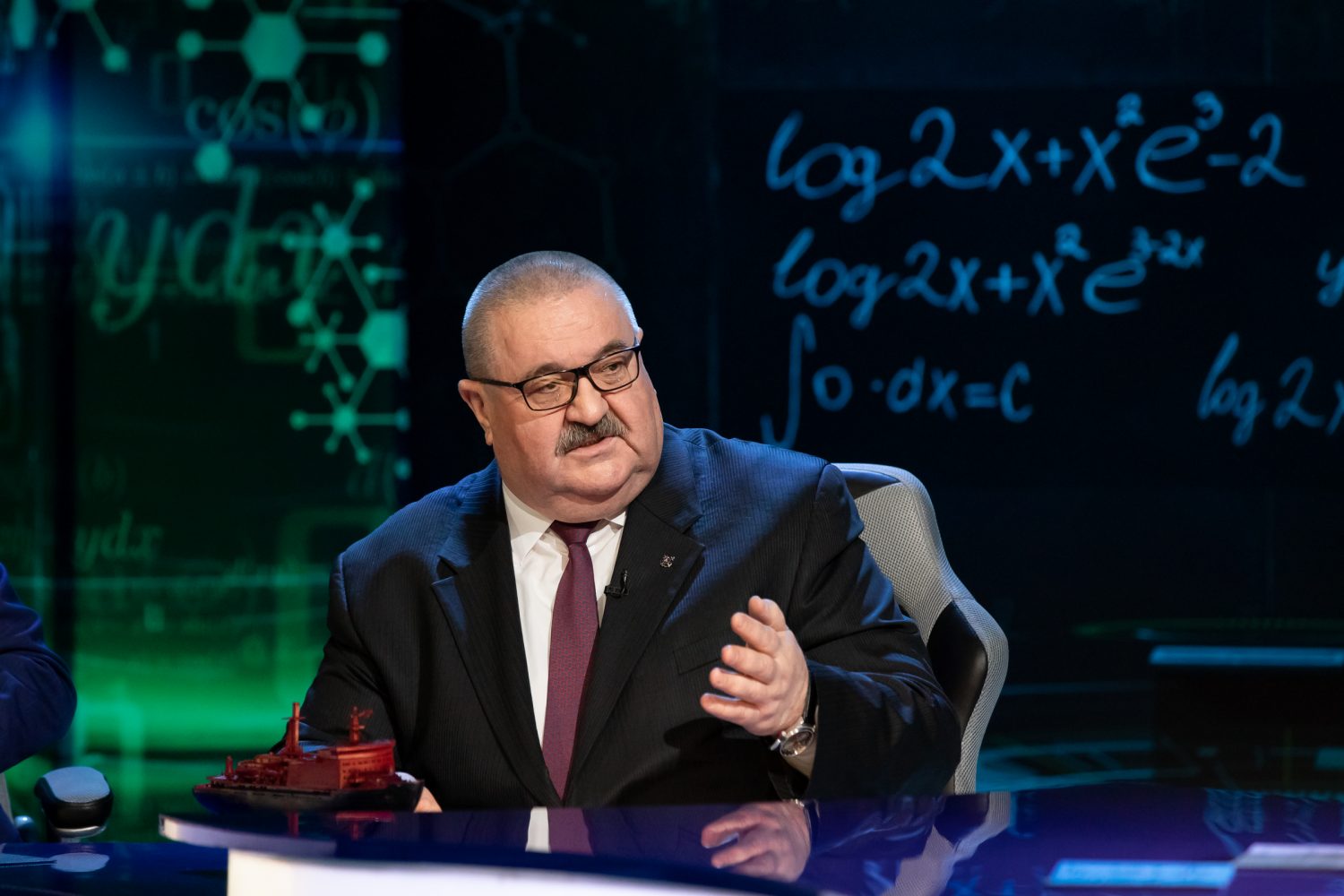
Rosatom Goes North
back to contentsThe law appointing Rosatom an NSR infrastructure operator was signed by Russian President Vladimir Putin on December, 27, 2018. Rosatom will have to build the necessary infrastructure, including power generation facilities, and develop the sea going fleet and vessel traffic services.
The Northern Sea Route is the shortest way between Northern Europe and the Far East going along the Russian coast of the Arctic Ocean through the Barents, Kara, Laptev, East Siberian, Chukchi and Bering Seas. NSR is a promising competitor to the Suez Canal since the shipping route from Murmansk (Russia) to Yokohama (Japan) through the Suez Canal is 12,500 nautical miles long while the Arctic route is only 5,770 miles.
President Putin set a task to increase freight traffic on NSR to 80 million tons by 2024. According to the estimates of Atomflot, a Rosatom Group company operating the nuclear icebreaker fleet, some 25 million tons of cargo will be transported already in 2019 with the primary cargo being liquefied natural gas.
“To fulfill the task set by the president, we at Rosatom plan to work across different areas. First, we need a strong fleet of nuclear icebreakers, so we plan to build new icebreaking vessels for our fleet. The second overarching goal is to create new infrastructural facilities and upgrade existing ones in the region,” Rosatom’s Director General Alexey Likhachev commented on the company’s plans.
Russia is the only country in the world to have a nuclear icebreaker fleet. Atomflot’s nuclear icebreakers escort vessels on NSR, support scientific research expeditions and emergency rescue operations, and bring tourists to the North Pole.
Rosatom plans to increase the number of its vessels. Three multi-purpose nuclear icebreakers are currently under construction at the Baltic Shipyard in Saint Petersburg. They will be the largest and most powerful icebreaking vessels in the world and unlike operating icebreakers will be able to escort vessels both in deep and shallow water areas on the Northern Sea Route. The keel of Arktika (Arctic), the first Project 22220 nuclear flagship, was laid at the Baltic Plant in 2013. Construction of Sibir (Siberia), the second Project 22220 icebreaker, started in 2015 followed by Ural (Urals), the third in a series, in 2016.
“We plan to sign contracts for the fourth and fifth multi-purpose nuclear icebreakers in 2019 and take a final decision on the construction of Lider (Leader), presumably at the Zvezda shipyard in the Far East,” Mustafa Kashka, CEO of Atomflot, explained.
Environmentalists welcomed the appointment of a new NSR operator. “The decision to manage the Northern Sea Route from a single control center is right. It is much more dangerous to divide the body of management tasks into multiple individual projects, which are harder to control,” Igor Chestin, Director of WWF Russia, said confidently. “We have been already invited by Rosatom to join our efforts in ensuring environmental safety in the region.” The WWF and Rosatom plan to establish natural sea reserves and jointly work to preserve and monitor rare species, such as walruses, polar bears, narwhals and beluga whales.




